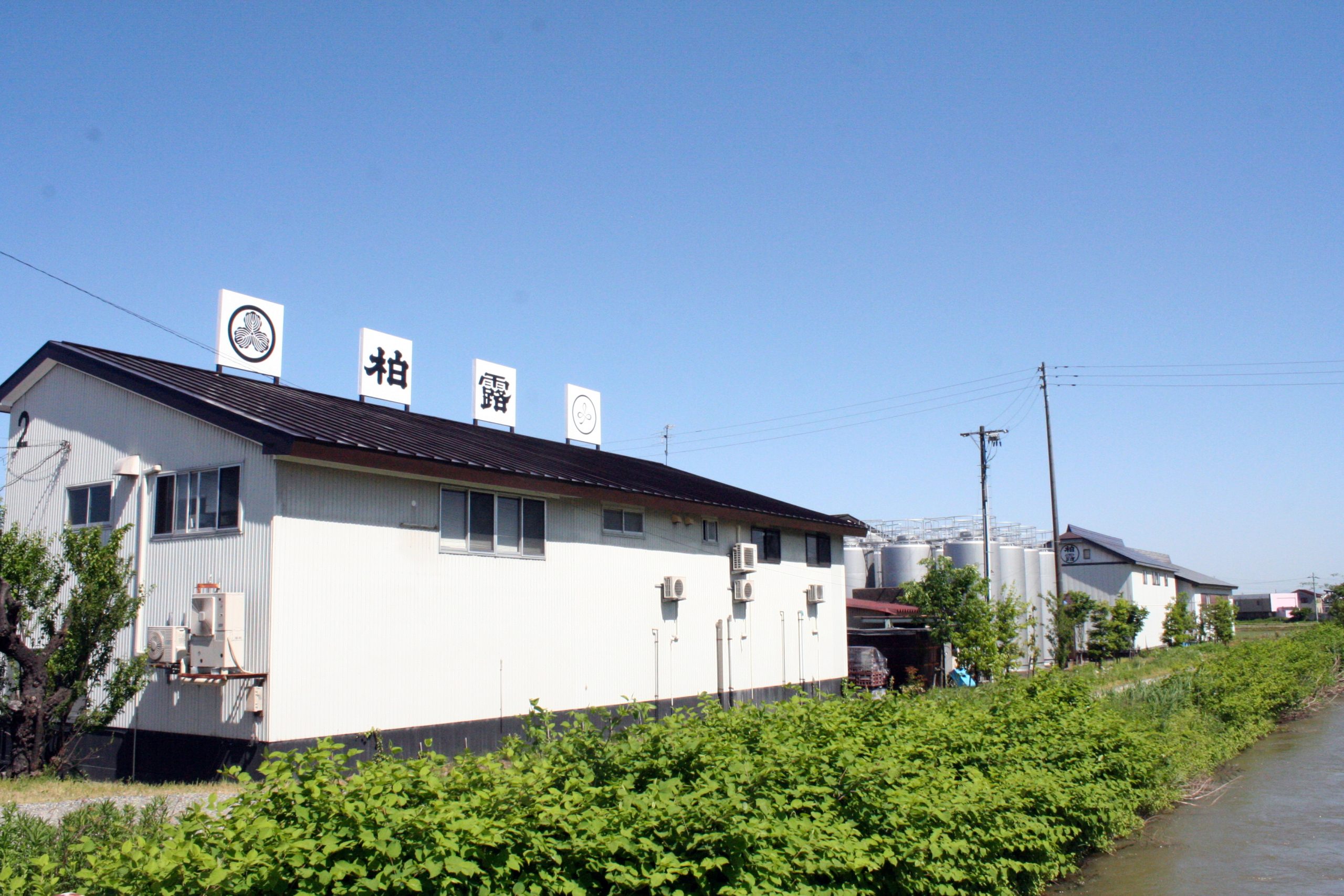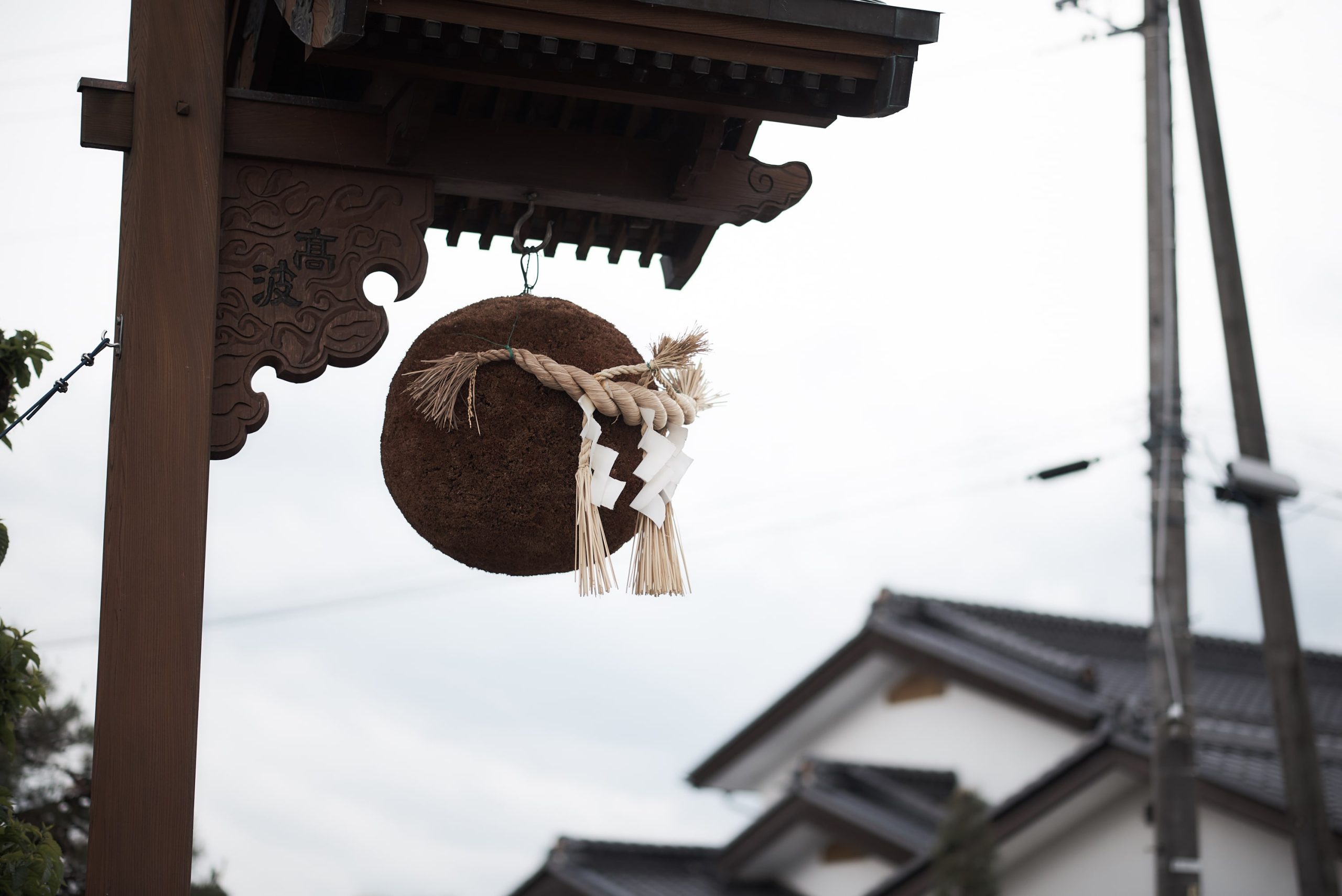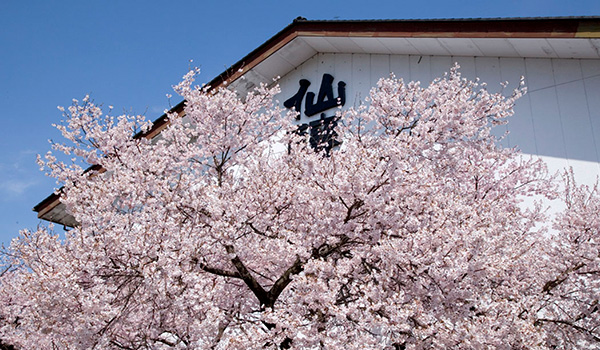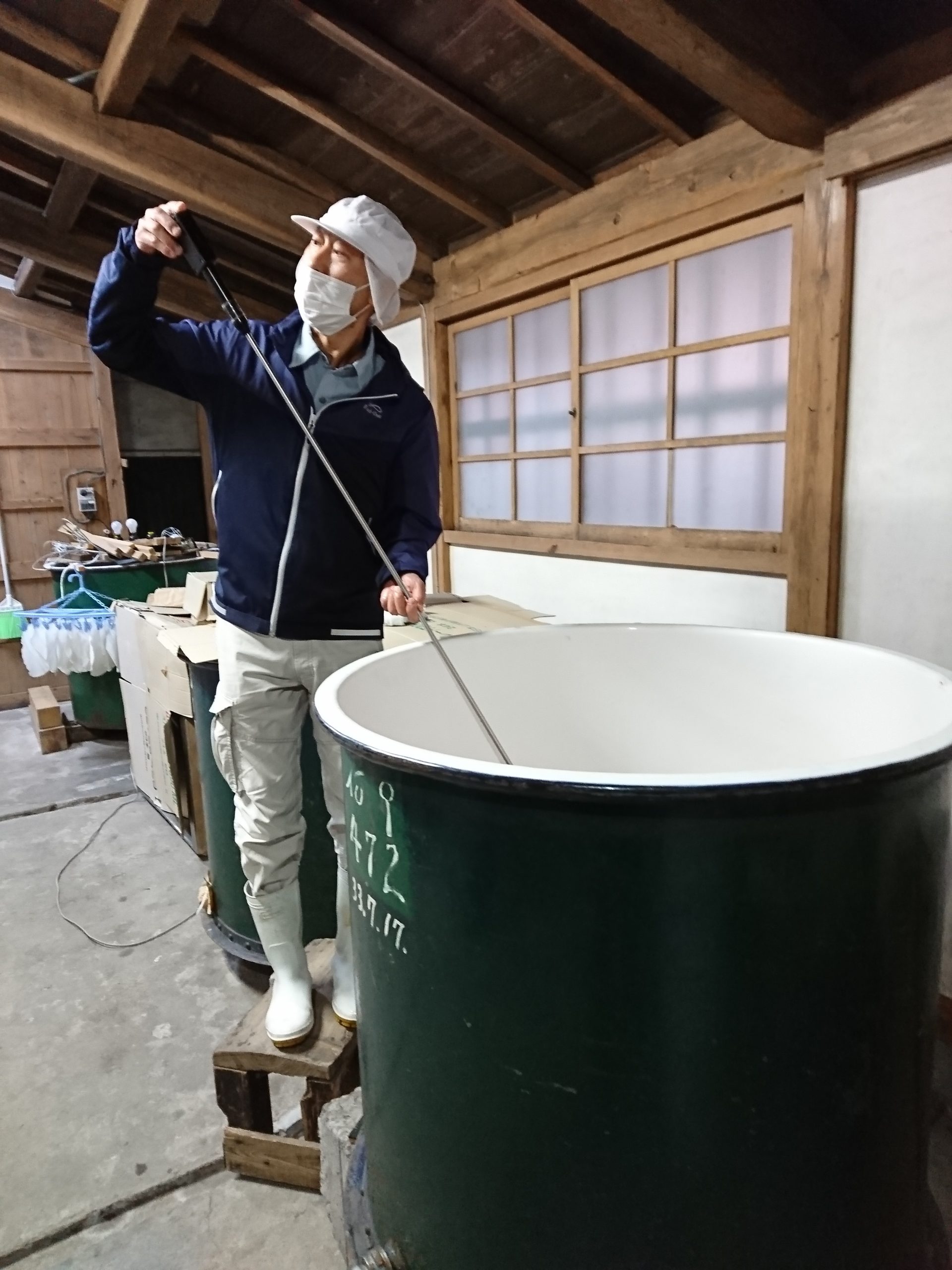About the Breweries

CHIYONOSONO BREWERY (SINCE 1896), KUMAMOTO.
Chiyonosono Sake Brewery was founded in 1896 by Kikuhachi Honda in Kumamoto prefecture.
During the Edo period, rice dealers in this fertile grain belt used the Kikuchi river and the Buzen Kaido road, a bustling highway, to ply their trade. As a prosperous rice merchant, Kikuhachi Honda combined his rice expertise and keen interest in sake brewing to develop a new variety of rice specially for brewing sake, Kyushu Shinriki. Today, this original sake rice variety is being used to brew some of Chiyonosono’s signature sake expressions.
The name Chiyonosono 千代の園 – Garden of Eternity – is inspired by the ancient term for the imperial family, Takenosono (Garden of Bamboo). The brewery is now helmed by 5th-generation owner and sake master Yuri Honda whose lifelong mission is to brew sake that is appealing with food.
“The art of pairing sake with food is considered an important journey and we are constantly striving to create new and novel sakes that suit a wide variety of cuisines.”
Yuri Honda, owner and sake master
HAKURO BREWERY (SINCE 1751), NIIGATA.
The Hakuro brand is long synonymous with prestige and fine quality, since the brewery was granted in 1882 by the lords of the domain, the eminent Makino family, the right to use its “Mitsugasiwa” (family emblem) as its trademark.
Dedicated to maintaining consistency and improving quality, Hakuro grows its own sake yeast and invests in enhanced facilities to achieve a fine balance of Toji (Head Sake Brewer) craftmanship and modern brewing technology. The consistent fine quality of its wide product portfolio has earned Hakuro the ISO 9001 certification.
While preserving time-proven brewing traditions handed down for generations, Hakuro’s Toji, Shinichiro Noda is not hesitant to adopt modern equipment and technology and combine his vast knowledge and experience with the opinions of his passionate team of younger brewers, to innovate continuously to future-proof the sake culture.
“I believe that it is important to spare no effort for the less glamorous steps of the process such as cleaning. Every small step of the sake making process has been refined over a long period of time. We want to ensure that important details are not omitted just for efficiency.”
Shinichiro Noda, Toji


MARUNAGA BREWERY (SINCE 1871), NAGANO.
Established in the early Meiji Era 1871, Marunaga Sake Brewery stands as one of the oldest sake breweries in Nagano prefecture, a region hosting the second largest number of breweries in Japan.
The family-owned brewery specializes in handcrafted, small-batch sake branded as Takanami (meaning High Wave) where time-honoured techniques passed down from the founder are married with pristine waters from the Japanese Alps to produce six expressions, from ginjo to daiginjo.
The painstaking brewing of Takanami sake starts with rice cleaning and soaking, where the temperature and moisture ratios are monitored with steely precision by the 7th-generation president and sake master, Motoharu Nagahara himself. To ensure its consistent premium quality, a special insulation box is used to maintain the prized rice grains such as Yamada-Nishiki and Miyama-Nishiki at a stable optimum temperature before steaming as well as manual, round-the-clock monitoring of the koji (fermented rice). Finally, the frigid cold winters during long-term fermentation draw out the richness of the rice grains. The resulting brews each with its unique characteristics have won a slew of awards since 1990.
SENJO BREWERY (SINCE 1866), NAGANO.
Launched in 1866 before the start of the Meiji Restoration by Matsujirou Kurogouchi, Senjo Brewery was named after Mount Senjo, a majestic 3,000-metre peak in the southern Japan Alps.
As a landlocked region, Nagano boasts a treasure trove of natural resources that seals its reputation for sake making. The meticulous and often laborious craft of creating sake now rests in the hands of 6th-generation president Takashi Kurogouchi who manages the boutique brewery with his wife.
Sakamai rice, the hero ingredient in the production of the brewery’s signature sake, is also one of the key ingredients that distinguishes Sakura Japanese Craft Gin from other gin. Using cherry blossoms as a key botanical is a nod to its locale where more than 1,500 cherry trees have been planted in Takato Castle Park. To ensure top-notch quality, the cherry blossoms used in the making of Sakura Japanese Craft Gin are harvested from more than 30 cherry trees planted in Senjo Brewery’s private garden. A rigorous process is applied to extract only from carefully handpicked fresh and healthy cherry leaves. Along with authentic juniper, pristine water from the Japanese Alps and the base distillate of superior Sakamai rice, Sakura Japanese Craft Gin has become the star of Senjo Brewery despite it being the youngest child in its time-proven repertoire.


TOYONOTSURU BREWERY (SINCE 1781), CHIBA.
A legacy since 1781, Toyonotsuru is the only sake brewery in the historic town Otakijyo in Chiba prefecture, a prosperous castle town during the Edo period under the Tokugawa Shogunate rule. Renowned for its eponymous brand of sake named after its locale Otakijyo (Otaki City), Toyonotsuru Brewery is now helmed by 17th-generation owner and sake master Toyohiko Tajima.
Otaki is translated plainly as O (大) meaning “Large”, Ta (多) meaning “Many” and Ki (喜) meaning “Happiness”. Otakijyo with its imposing Otaki castle is a witness to countless victorious shogun battles since the 1500s. Surrounded by deep pine forests and a graduation of mountains, the Otaki castle hosts an annual festival known as the “Oshiro Matsuri”, a lively celebration filled with parades and demonstrations by the local town folk.
“It is my desire to prolong the legacy of Otaki and its historic wins, and I hope Otakijyo sake will be a voice of victory and remain deep in the hearts of those who have had a chance to taste it.”
Toyohiko Tajima, 17th-generation owner and sake master
